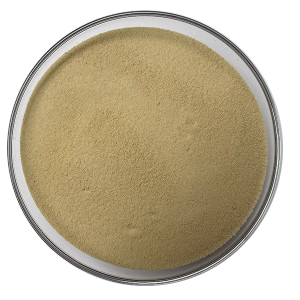First, carbon black color
The degree of light scattering of "carbon black particles" decreases with the decrease of particle size, which affects not only the brightening effect but also the tone. Here's why: When light passes through a layer of color dominated by black, short-wavelength blue light scatters more strongly than long-wavelength red light. The finer the black carbon, the more significant the effect. Due to the small scattering loss, the red component enters the depth of the coloring layer, while the overall scattering intensity of blue light is stronger than that of flower light, and it is also stronger in the opposite direction, namely the rear scattering, so it is reflected from the coloring layer. When observing the reflection process, a blue hue appears when colored by fine carbon black, giving the impression of greater blackness. But if carbon black is bulky, correspondingly present a brown color, when observing the transmission process, the same coloring layer (not completely transparent film) tonal relationships on the contrary, with the decrease of the particle size distribution, strong scattering of blue light through the coloring layer depth is small, the blue light through the coloring layer to the other side component is less, wear out from the other side. Thus, due to the lack of blue light on the observed side, the colored layer takes on a brown hue when viewed during transmission. When ash (grey color) in the key of titanium pigment, and observe the main color shading in the process of transmission condition similar to that of light in the plastic pieces of white pigment black paint scattering back and forth, the smaller the particle size of carbon black, make visible inside the stronger the scattering of blue light, so there will be more red part of the transmission to come over and present with yellow color gray, on the contrary, If the coarse particle size of carbon black is used when coloring, especially the thicker lamp black, the gray with blue tone will be obtained. Tamol NN

Two, carbon black dispersion
The finer the pigment black, the more contact points between carbon black aggregates, and the stronger the cohesion between them. When the pigment black is mixed into them, the carbon black is evenly distributed, the greater its dispersion, which can separate the carbon black particles, so that it eventually reaches the highest blackness and coloring. Low structural carbon black is more likely to reach a higher concentration than high structural carbon black, but therefore requires greater dispersion in the dispersion process. The dispersion performance of carbon black is affected by the degree of its structure. High structure carbon black has good dispersion performance, so its coloring strength is naturally stronger. But in the use of powdered carbon black, there will be scattered and troublesome dust problems, therefore, can use masterbatch or slurry, so the price of prefabricated carbon black is higher than the simple use of pigment black, but if considering the advantages of clean process, high efficiency, the use of carbon black preparation is still very necessary. Tamol NN
Post time: May-30-2022

